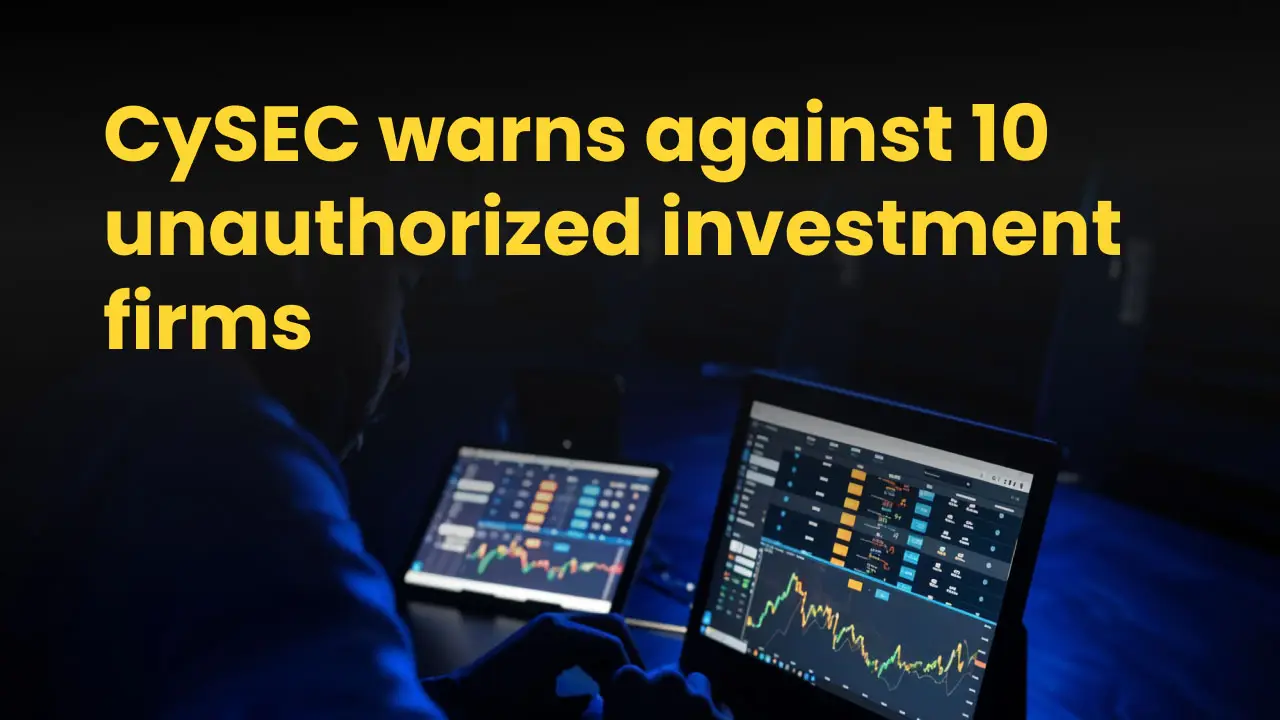简体中文
繁體中文
English
Pусский
日本語
ภาษาไทย
Tiếng Việt
Bahasa Indonesia
Español
हिन्दी
Filippiiniläinen
Français
Deutsch
Português
Türkçe
한국어
العربية
FINRA Fines Goldman Sachs for Decade-Long Oversight Failures
Abstract:Goldman Sachs fined by FINRA for failing to monitor certain securities in surveillance reports from 2009-2023, leading to oversight of manipulative trading.

The Financial Industry Regulatory Authority, or FINRA, penalized Goldman Sachs & Co. LLC significantly for failing to follow regulatory criteria for over a decade.
Goldman Sachs removed warrants, rights, units, and several OTC equity securities from their nine surveillance reports from February 2009 to late April 2023. These reports are crucial for monitoring and identifying odd trading actions that may suggest market manipulation, whether by the firm's traders or clients.
For example, one monitoring report charged with identifying possible wash trades—a kind of market manipulation in which securities are purchased and sold to mislead the market about trading volume—failed to account for warrants between October 2010 and March 2021. Similarly, rights and units were excluded from this examination from October 2010 to April 2022. Furthermore, from the commencement of these reports in February 2009 until April 2018, Goldman's attempts to identify possible manipulative activities at the opening and close of trading sessions failed to take into account warrants, rights, units, and some OTC equity securities.

The impact of these oversight holes in Goldman's surveillance reports was severe. The company was unable to perform full supervisory assessments of trading actions involving the deleted equities, thus missing over 5,000 warnings that might have revealed manipulative trading practices between February 2009 and mid-April 2023.
Goldman Sachs began to include previously excluded stocks in its surveillance reports only after the FINRA inquiry began or as part of the firm's implementation of a new surveillance methodology. By April 2023, Goldman Sachs had completely corrected the surveillance reporting issues.
Furthermore, Goldman Sachs' supervisory system, including its written procedures, was found to be weak in meeting its duty to evaluate automated surveillance reports regularly to ensure complete coverage of all assets traded by the company. This error resulted in the business being unaware that nine of their surveillance reports had omitted crucial equities from a possibly manipulative trading investigation. In response to this revelation, Goldman Sachs launched a review process in February 2021 to identify any securities that were accidentally missing from newly generated or amended surveillance reports.
Goldman Sachs violated NASD Rules 3010, FINRA Rules 3110, and 2010 by failing to maintain an effective supervisory structure to ensure compliance with trading requirements. To resolve these regulatory violations, Goldman Sachs agreed to accept a formal reprimand and a $512,500 punishment. FINRA will receive $37,000 of this fine, with the remainder divided among various trading platforms and exchanges, including Cboe BYX Exchange, Inc., Cboe BZX Exchange, Inc., and Cboe.
To know the latest news and updates in the financial, access the WikiFX Daily News.

Disclaimer:
The views in this article only represent the author's personal views, and do not constitute investment advice on this platform. This platform does not guarantee the accuracy, completeness and timeliness of the information in the article, and will not be liable for any loss caused by the use of or reliance on the information in the article.
Read more

WikiEXPO Dubai 2025 “Welcome Party” Kicks Off Tonight!
In anticipation of the upcoming WikiEXPO Dubai 2025, the WikiEXPO Organizing Committee has specially arranged a high-end social gathering—the “Welcome Party”. The event will be grandly held on the evening of Monday, Nov 10, on the 6th Floor, Conrad Dubai, UAE.

WikiEXPO Dubai 2025, a Global Fintech Expo, Is About to Commence
One of the world’s largest Fintech expos, WikiEXPO Dubai 2025, hosted by WikiGlobal and co-organized by WikiFX, will grandly open at the Millennium Plaza Downtown Hotel in Dubai on November 11, 2025. This event is expected to attract over 5,000 participants and 200+ partners from around the globe to discuss global trends in financial innovation and digital transformation.

CySEC warns against 10 unauthorized investment firms
The Cyprus Securities and Exchange Commission (CySEC) has issued a public warning against 10 unauthorized investment firms that are illegally offering investment services to investors.

Voices of the Golden Insight Award Jury | Nattachai Chalermwat, MH Markets
WikiFX Golden Insight Award uniting industry forces to build a safe and healthy forex ecosystem, driving industry innovation and sustainable development, launches a new feature series — “Voices of the Golden Insight Awards Jury.” Through in-depth conversations with distinguished judges, this series explores the evolving landscape of the forex industry and the shared mission to promote innovation, ethics, and sustainability.
WikiFX Broker
Latest News
BASF CEO: EU CO₂ Trading Is A "Destruction Mechanism" For European Industry
Is Fyntura a Regulated Broker? A Complete 2025 Broker Review
Zetradex Exposed: Withdrawal Denials, Account Freeze & Bonus Issues Hurt Traders
Is Forex Zone Trading Regulated and Licensed?
PINAKINE Broker India Review 2025: A Complete Guide to Safety and Services
Exness Restricted Countries List 2025 Explained
Is Uniglobe Markets Legit? A 2025 Simple Guide to Its Safety, Services, and User Warnings
Is Inzo Broker Safe or a Scam? An Evidence-Based Analysis for Traders
WikiEXPO Dubai 2025 “Welcome Party” Kicks Off Tonight!
He Trusted a WhatsApp Group and Lost RM659,000
Currency Calculator



